
 Instagram
Instagram
Everything you need to know about statins and body fat
.png?v=1670341355130)

Related products
Everything you need to know about statins and body fat
What’s covered?
Fats are important for health, and the body uses them to produce energy. Statins can interfere with the body's ability to use fat and may lead to weight gain. There is some evidence that statins may also increase the risk of death from heart disease. It is important to weigh the benefits and risks of taking statins before deciding whether to take them.
Statins are one of the most prescribed medications in the world. They are used to lower cholesterol and prevent heart disease. Statins have been proven to help prevent atherosclerosis, but there is a downside to taking them. Statins can lower your levels of HDL cholesterol, which is good for your heart, but if you take them long-term, they can also lead to a loss of muscle mass and bone density. If you're concerned about your health and want to lower your risk of heart disease or stroke, talk to your doctor about whether or not you should be on a statin.
What is a statin?
Statins are medications used to lower blood cholesterol levels. They are usually prescribed to people who have high cholesterol levels. They are available as generic medications or as brand-name medications. Statins are effective in lowering cholesterol levels in people with heart disease and other conditions that lead to high cholesterol levels. Statins are also used to reduce the risk of heart disease.
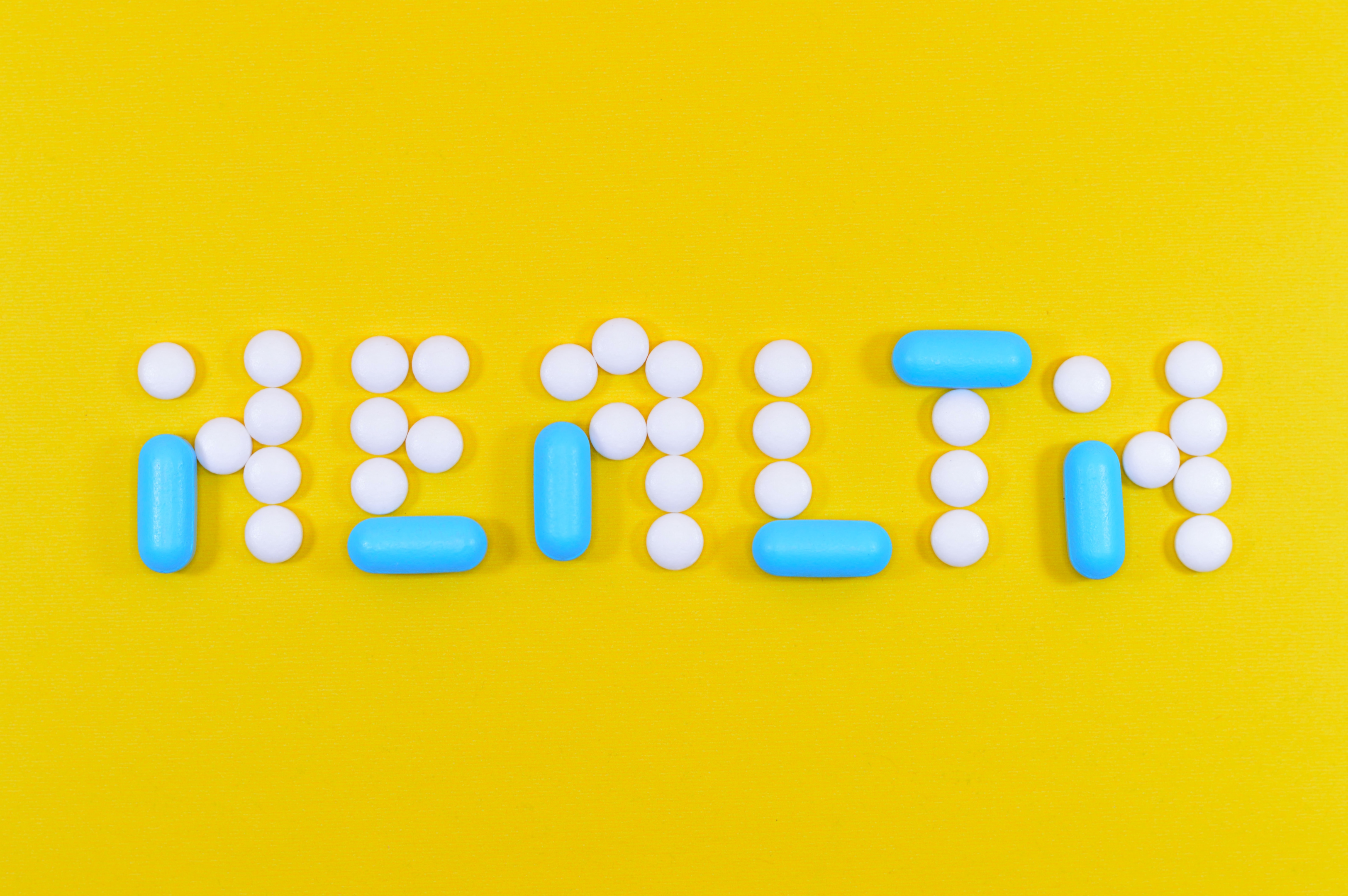
Statins work by blocking the enzyme that is responsible for the production of cholesterol in the liver. Statins can be used as a preventive measure or to treat existing heart disease. Statins are not recommended for people who have kidney problems, diabetes, or a history of muscle damage because these conditions may interfere with statin use.
Cholesterol is a fatty substance that is produced by the liver and found in animal products. It is also produced by the body when there are too many carbohydrates in the diet.
Statins work by inhibiting the activity of the enzyme HMG-CoA reductase. Statins can lower body fat levels by decreasing the production of lipids.
They are often prescribed to people who have high levels of LDL cholesterol, which can lead to cardiovascular disease.
What are the benefits of statins?
Statins are medications that are used to lower the level of bad cholesterol in the blood. They are also used to reduce the risk of heart attack and stroke. There are many benefits to taking statins, including the following:
- 1. Statins can reduce the risk of heart attack and stroke.
- 2. Statins can reduce the risk of arterial plaque formation.
- 3. Statins can reduce the risk of developing diabetes.
- 4. Statins can reduce the risk of developing some types of cancer.
- 5. Statins can improve the quality of life.
This can help to reduce the risk of body fat accumulation and obesity. Statins can be used in combination with other treatments, such as diet and exercise, to reduce the risk of heart disease and body fat accumulation. Statins are safe to use if they are used in the correct dose and for the correct duration.
What are body fats and what do they do?
Body fats are molecules in the body’s tissues and organs. They are important for energy storage and for protecting the body against damage from heat and cold. There are several types of body fat and each has different health risks.
What are the benefits of body fats?
Body fats can both help lower cholesterol levels and reduce the risk of heart disease. They can also help reduce the risk of stroke, diabetes, and some types of cancer. There are many different statins available, but some of the best statins for body fat reduction include atorvastatin, simvastatin, and pravastatin.
Other than atorvastatin, simvastatin, and pravastatin some other popular statins are lipophilic statins. Lipophilic statins are able to cross the blood-brain barrier and are thus effective at reducing cholesterol levels in the brain. There is some evidence that lipophilic statins are better at reducing body fat than hydrophilic statins.
When statins are taken by people who have high cholesterol levels, they can decrease the level of cholesterol in the blood by about 25%. This reduction in cholesterol levels can lead to a decrease in the levels of bad cholesterol (LDL) in the blood. Statins can also decrease the level of good cholesterol (HDL) in the blood.
What are the worst statins for body fat reduction?
Statins are considered to be the most effective type of medication for reducing body fat. However, there are several statins that are known to be worse for body fat reduction than others. Some of the statins that are known to be worse for body fat reduction include atorvastatin, simvastatin, and rosuvastatin.
Each of these statins has different side effects and properties that can affect body fat reduction. It is important to consider each statin’s properties when selecting which one to take to reduce body fat. Atorvastatin Lipitor is at the top of the list, it's so bad for body fat reduction that you can't even imagine how much worse the other statins are compared to it.
What are the best ways to reduce body fat with statins?
According to a pair of studies published today in the Annals of Internal Medicine, the answer may be to combine statins with specific types of exercise rather than reducing body fat alone.
Statins are effective at reducing body fat. There are a number of ways to reduce body fat with statins. Some methods are more effective than others. Depending on your goals, different methods may be more appropriate. Statins can be used in combination with other strategies to increase effectiveness. There are a number of side effects associated with statins, but they are generally manageable.
What are the worst ways to reduce body fat with statins?
The statin class of drugs has been shown to have no significant effect on body fat reduction. Statins can actually lead to an increase in body fat. There are several other types of drugs that are much better options for body fat reduction. Statins are not the only type of drug that can lead to an increase in body fat.
What are the best ways to take statins?
Statins are a group of medications used to lower blood cholesterol levels. There are different types of statins, each with its own set of benefits and risks. The most common statins are simvastatin (Zocor) and atorvastatin (Lipitor). The ways to take statins depend on the individual's specific medical condition and medication regimen. Potential side effects and drug interactions can be minimized by carefully following the doctor's instructions.
Additionally, some people find that taking statins with choline helps to improve their effectiveness. Statins are typically taken once a day and the dose is adjusted based on your health condition. There are many ways to take statins, including taking them with food and taking them with a drink.
The best way to take statins is to find the one that fits your lifestyle and schedule, and the most common way is to swallow the pill with water. However, some people find it difficult to swallow pills and opt for a liquid form of the medication. Statins are usually taken in pill form, but some people find it difficult to swallow pills and opt for a liquid form of the medication.
What are the body fat percentages that are associated with statin use?
Statin use is linked to increased calorie intake and weight gain. It is hypothesized that statin-dependent improvements in lipid profile may reduce the perceived need to follow lipid-lowering and other dietary recommendations, leading to increased calorie intake. Increases in calorie consumption in statin users, on the other hand, may be attributed to statin-dependent changes in satiety markers such as leptin, an adipocyte-derived adipokine.
There is a cup for every 10 pounds of body fat, but there is also a body fat percentage that is linked to a statin. The use of a statin increases the risk for various cardiovascular problems, including heart disease, stroke, and diabetes. Statins and body fats can also have some risks. The most common risks are side effects, such as muscle pain, weakness, and problems with vision or hearing.
The best ways to determine if statin use is appropriate for you
The best way to determine if statin use is appropriate for you is to have your blood cholesterol level checked. You should also get a fasting lipid panel and a coronary artery calcium scan. A fasting lipid panel will measure HDL, LDL, and triglyceride levels in your blood. A coronary artery calcium scan will look at the build-up of plaque in your heart’s arteries.
The other way to determine if statin use is appropriate for you is to talk with a doctor or nurse practitioner about your risk factors and medical history.
While statins are effective in helping you maintain a healthy cholesterol level, they come with a number of side effects, including muscle pain, weakness, and fatigue. These symptoms can be severe enough to prevent you from living an active lifestyle.
Statins work by inhibiting the enzyme HMG-CoA reductase, which synthesizes cholesterol in the liver. They also reduce the production of LDLs (low-density lipoproteins) and increase HDLs (high-density lipoproteins). This helps to decrease plaque formation on artery walls and reduce inflammation.
Potential side effects of statin use
Statins are a group of drugs that are often prescribed to reduce cholesterol levels in the blood. However, they have been shown to have various side effects.
- Statins can cause muscle pain, weakness, and fatigue.
- Statins can cause a decrease in the number of stem cells in the body.
- Statins can cause a decrease in the production of cholesterol.
- Statins can cause a decrease in the production of natural hormones.
- Statins can cause a decrease in the production of enzymes that are necessary for the body to break down food.
- Statins can cause a decrease in the production of bile.
- Statins can cause a decrease in the production of sex hormones.
- Statins can cause a decrease in the production of growth hormones.
- Statins can cause a decrease in the production of red blood cells.
- Statins can cause a decrease in the production of white blood cells.
Statins can reduce the chances of having a cardiovascular event and diabetes. It should be taken with caution because it may cause side effects such as muscle pain, nausea, and liver damage. The most common side effect is muscle pain or weakness, which can range from mild aches to severe pain or even muscle damage. They can also cause memory loss and mood changes.
Effects of statin treatment and exercise on postprandial triglycerides in a hypercholesterolemic overweight person
There are many benefits of statin treatment for patients with high blood cholesterol (hypercholesterolemia), but one of the less well-known benefits is that it can also reduce postprandial triglycerides. A randomized, double-blind, placebo-controlled study in patients with hypercholesterolemia showed that statin treatment reduced postprandial triglycerides by approximately 20%. Patients who exercised regularly showed a greater reduction in postprandial triglycerides than those who did not exercise. Statin treatment had no effect on postprandial triglycerides in the non-exercising group. The authors conclude that patients with hypercholesterolemia and a high risk of cardiovascular events should be encouraged to exercise regularly to reduce postprandial triglycerides.
Conclusion
Statin treatment and exercise have both been shown to reduce triglyceride levels. Statin therapy lowers the risk of atherosclerotic cardiovascular disease (CVD). Regular physical activity is also linked to fewer CVD events. As exercise enhances the statin action, it helps statins to speed up the action. After a high-fat test meal, exercise lowers blood triglyceride (TG), whereas statins lower both fasting and postprandial TG.
To keep your cholesterol in check and balance, we recommend you take a look at our Statin Follow-up Blood Test home kit that will help you assess your cholesterol levels after starting statin therapy.




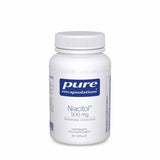


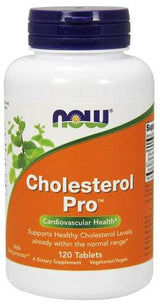

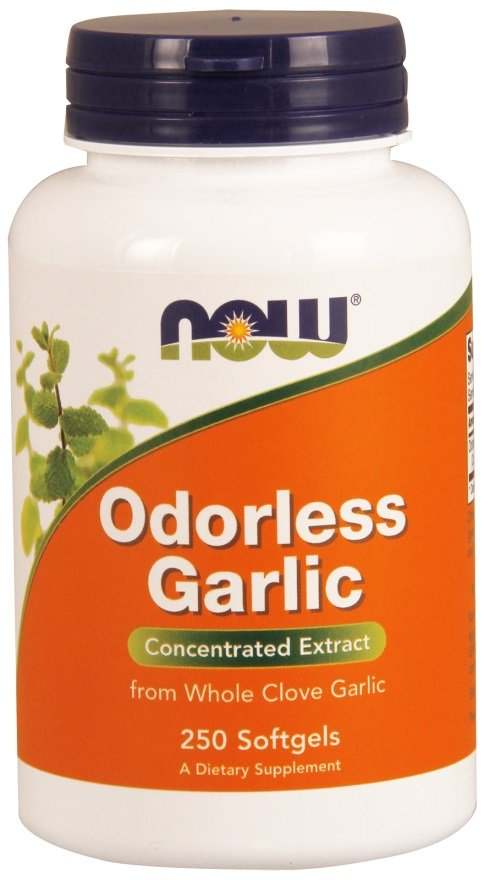


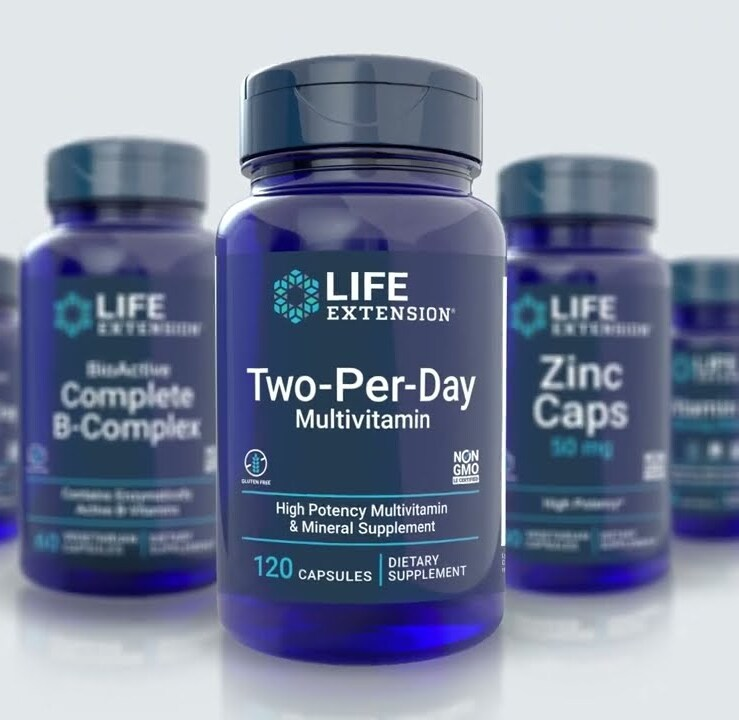




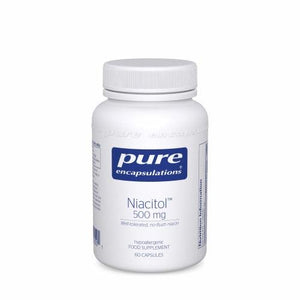


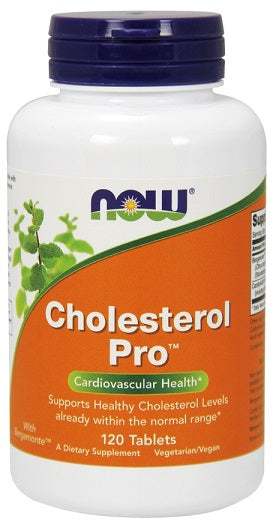
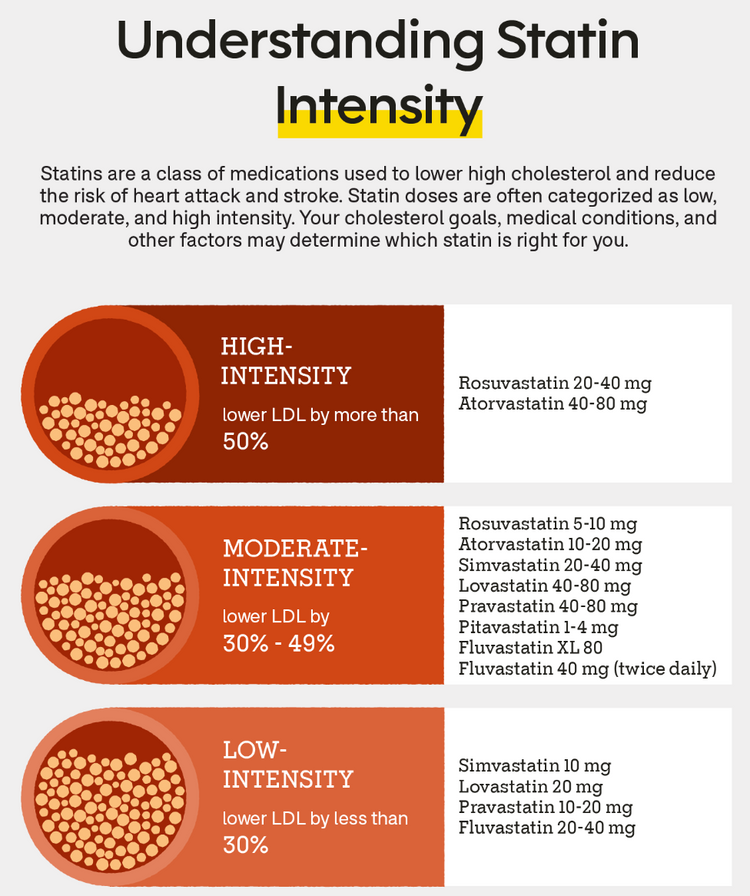






 Rated Excellent by 26,523+ Reviews
Rated Excellent by 26,523+ Reviews